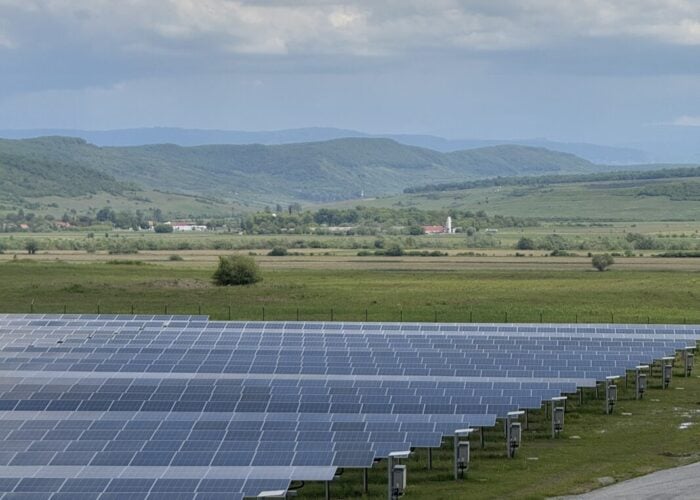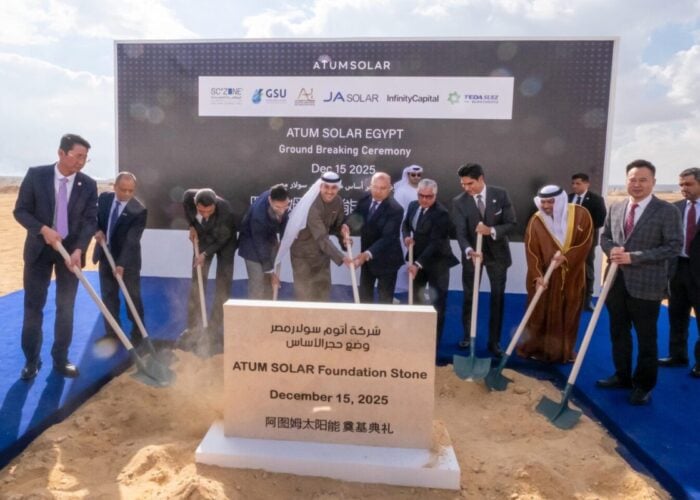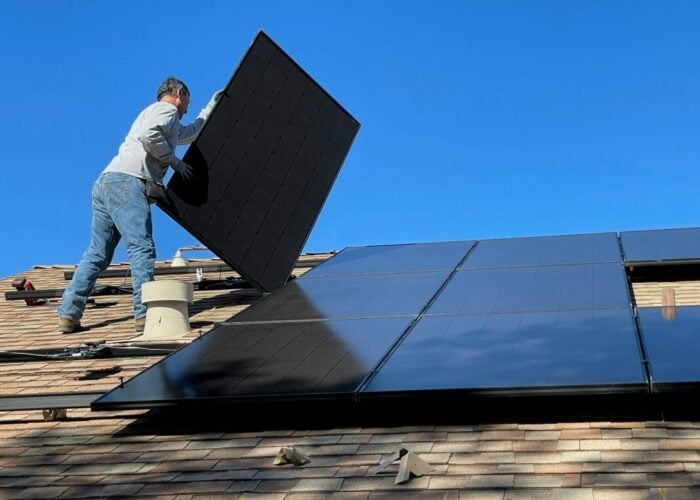
The first steps have been taken in ending the trade war between the US and China now that the ‘Phase 1 Trade Agreement’ has been signed. A surprise inclusion for the PV and semiconductor industries has been China’s agreement to reopen the trade doors for US-made solar-grade polysilicon.
However, nothing is a simple as that. With ink still drying on the Phase 1 trade deal that lacked any detail behind how China will enable companies to purchase US-made polysilicon once again, the Ministry of Commerce of the People’s Republic of China (MOFCOM) extended the length of time high import tariffs would remain in place for South Korean and US polysilicon producers.
Try Premium for just $1
- Full premium access for the first month at only $1
- Converts to an annual rate after 30 days unless cancelled
- Cancel anytime during the trial period
Premium Benefits
- Expert industry analysis and interviews
- Digital access to PV Tech Power journal
- Exclusive event discounts
Or get the full Premium subscription right away
Or continue reading this article for free
The tariffs were initially imposed after claims of polysilicon dumping in China led to a MOFCOM investigation and implementation of very high import duties, especially for US-based producers, making importation almost impossible on a competitive US$/kg basis.
The MOFCOM extension is for another five years, giving the impression that what was given by China in one hand was swiftly taken away with another hand.
Not surprisingly, this has led to some confusion but as noted by REC Silicon in a statement concerning the latest MOFCOM decision, it was well known that MOFCOM’s ongoing investigation into dumping would soon be completed and decisions announced.
“We do not expect this announcement from MOFCOM to affect or change China’s commitment to purchase solar-grade polysilicon from the United States under the terms of the Phase 1 Trade Agreement between the USG and the Government of China (China), that was concluded on January 15, 2020,” noted REC Silicon in a statement.
REC Silicon also correctly noted that it was looking forward to working with the Office of the United States Trade Representative (USTR) and Chinese authorities on what mechanisms would eventually be in place that honours the polysilicon purchasing deal within the Phase 1 trade deal.
Therefore, MOFCOM’s decision to extend import duties will at some stage be rescinded for US producers or some form of non-duty import quota created. Of course, there could be other ways possible and from that perspective US producers should be able to gain access to the single largest market for polysilicon some time down the road.
So basically, MOFCOM’s decision to extend import duties on US-made polysilicon is not a big deal and implementation of the Phase 1 trade deal will proceed.
Has China’s policy on becoming self-sufficient in polysilicon production changed?
What has not been addressed is that China continues to support previous aims to become self-sufficient in polysilicon production that meets both the requirements of the PV and semiconductor sectors.
Massive capacity expansions are ongoing in China that use state-of-the-art processing techniques for both environmental and low production costs as well as rapidly shifting to semiconductor-grades quality for the needs of both industry sectors.
As a result, polysilicon is at historically low prices and should remain so for years to come if policy remains unchanged.
The shift to higher grade polysilicon is in step with the rapid shift to P-type monocrystalline wafers as well as growing adoption of N-type monocrystalline wafers for PV manufacturers.
A lot has therefore happened in China since MOFCOM imposed initial high import duties.
What will be very interesting to see is the ability of US-based polysilicon producers to supply high-quality product at Chinese competitive prices when the trade doors are open.






